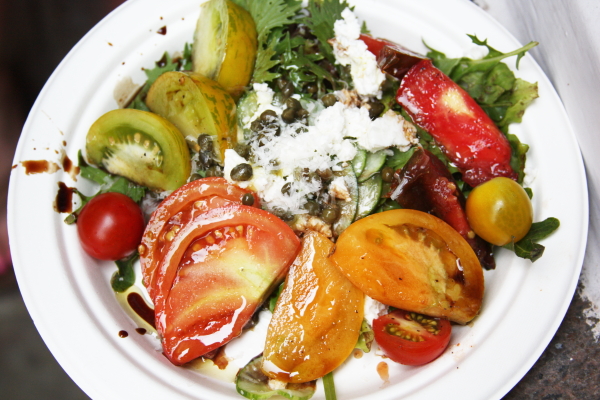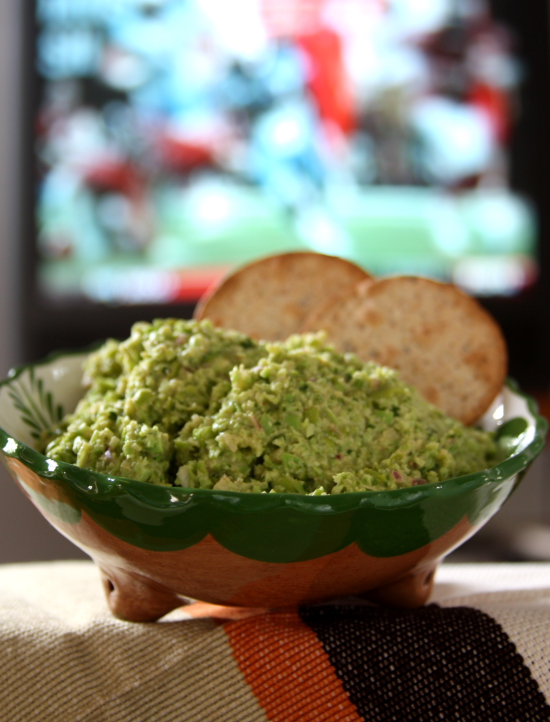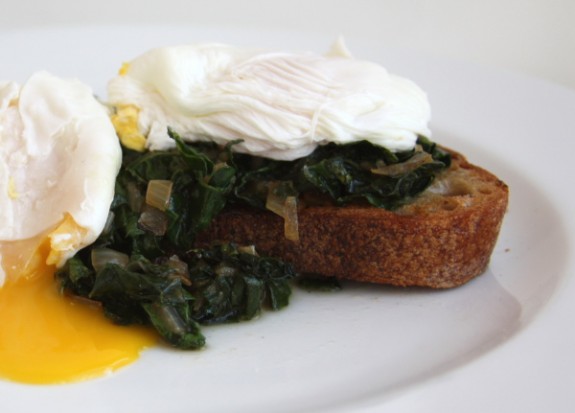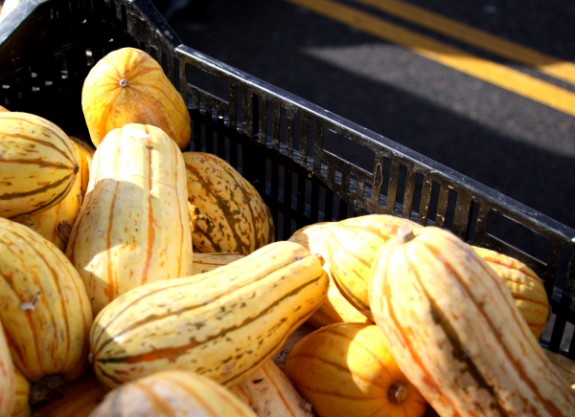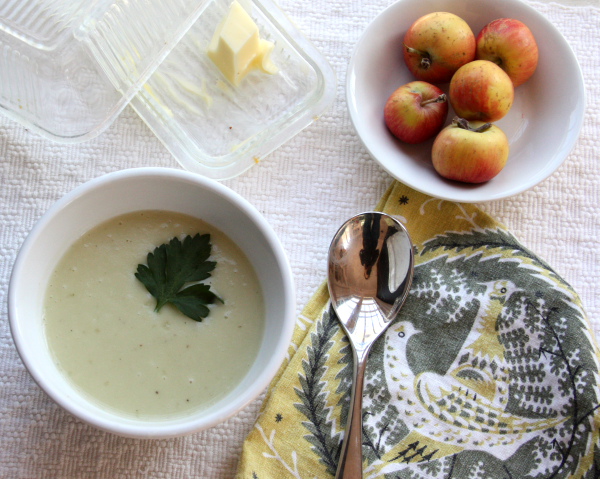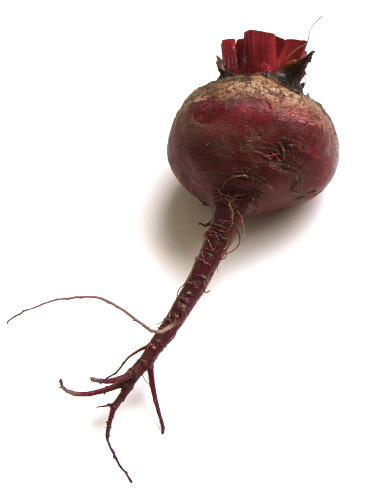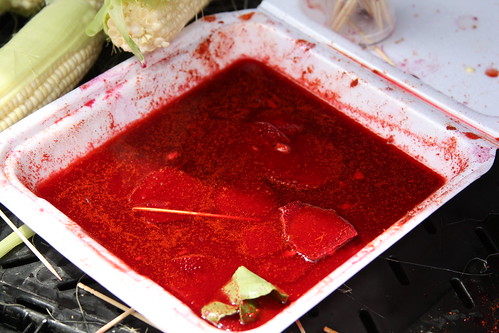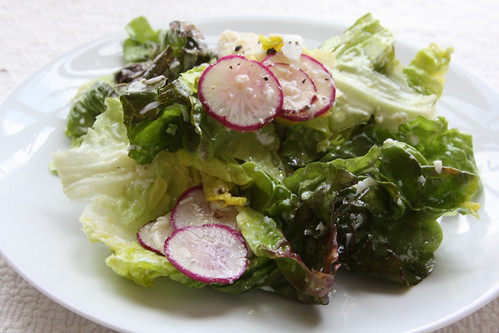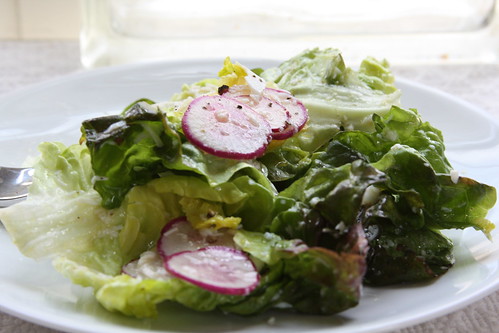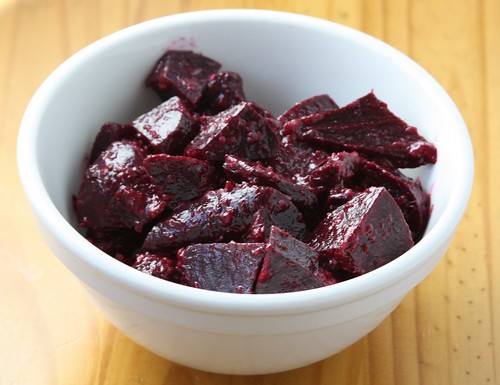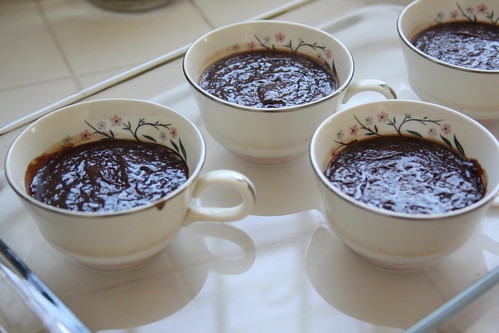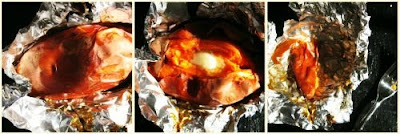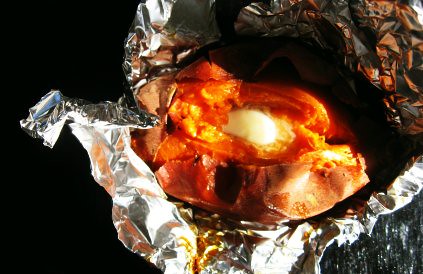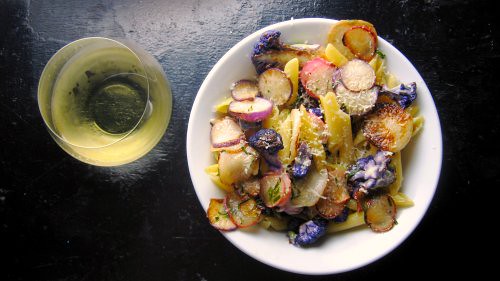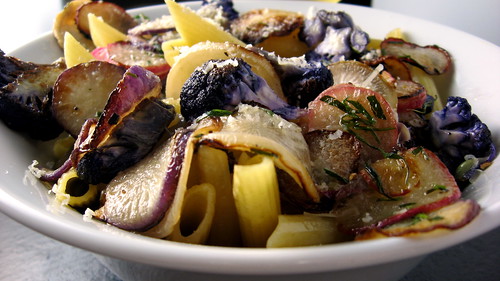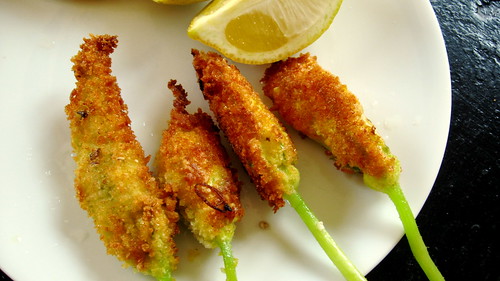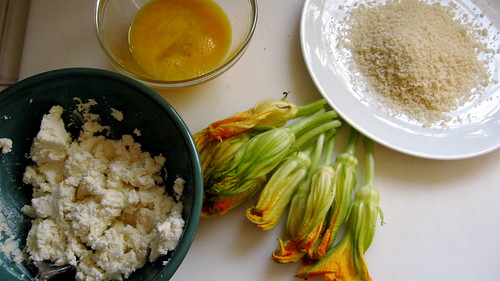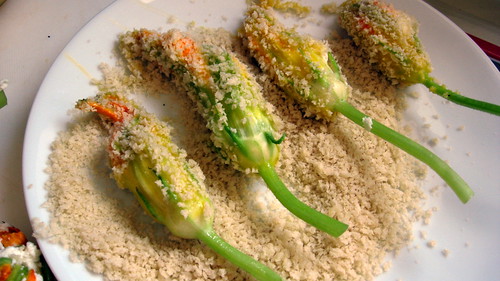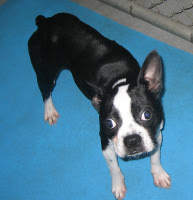There’s something to be said about learning from a master. Curiosity and reading can assist a student in the basic understanding of their subject. Practice and countless attempts may move a student’s understanding forward, but it is the presence of a master and a student’s drive to understand, that can initiate the most profound kind of learning. The eager student that studies with a master will inevitably learn the important nuances that makes proficiency possible.
To behold a master, no matter what it is they do, is to witness artistry. A master distills millions of hours of learning in a dab of paint, the slice of the knife, the turn of a phrase, the swish of the bat, a musical tone or the stillness of their mind in chaos. Despite the power of academia, the whisper of a master may be more important than a shelf-full of books.
And so it is with cooking. Reading can only get you so far. It’s what’s actually done in the kitchen that will get the novice to a place of mastery. It’s in doing that one does. Cookbooks can only get you so far.
Preparing food from “Soffritto: Tradition and Innovation in Tuscan Cooking”, however, is to learn Italian cooking from a master.
If the student is willing, Benedetta Vitali’s cookbook will teach the traditional Tuscan way of cooking in a handful of well-written chapters. Information usually transmitted via hours in the kitchen by an ancient family member, is shared in meandering stories and pointed observations on the aesthetics of cooking. Vitali’s stories are captivating and her voice is like a patient mother doling out the family rules. “One must never leave a Soffritto on the stove unattended,” is the sort of advice that if taken to heart will haunt you every time you start the traditional onion/carrot/celery mixture sautéing on the stove.
No other cookbook I’ve read gives so much personality and passion for the correct way of doing things. When reading Soffritto, you get the feeling there’s a whole army of Vitali’s family ready to start a war over why she would ever give away all the family’s secret recipes.
After eating the multi-course dinner at her restaurant Cibreo in Florence (one of my most memorable meals of 2007), I knew I had witnessed the culmination of years of experience and real mastery of a subject. The food was not only impeccable and representative of Tuscan food, but each and every one of the dishes elevated the common fare to a whole new level. Each course was a revelation. Even, ribolita—a rustic left over stew mixed with bread—was recreated and deconstructed—making it an ultimately sublime experience.
So when I woke up on Sunday morning with the urge for a meat ragu, I knew I had some learning to do from Benedetta.
What follows is my experience cooking Ragu from Soffritto.
MAKING RAGU–SUNDAY MORNING
Always a slow day, I pull myself from bed at 10. After an hour of catching up on the presidential primaries, I head out the door. It’s cold and rainy (an oddity in LA), so traffic is slow going. I make it to the Hollywood Farmer’s market just minutes before the vendors pack up their stalls for the day.
With my stomach growling, I quickly buy a cinnamon bun from the Bread Man and eat it out of its plastic bag while I speed shop for my vegetable essentials. I buy a bag of sweet carrots, three perfectly white onions and a hearty bunch of celery for soffritto, the traditional base elements for most Italian dishes. I buy a flowering bok choy, leafy red lettuce, Meyer lemons, and cherry red tomatoes. I taste test blackberries and drip sugary raisins on a bag of dried favas as I reach into my jean pocket for my stash of wrinkled dollar bills. I leave the market before someone shoes me away for ruining their product.
After failing to my friend’s recommended butcher, I fight the weekend traffic and go to the permanent farmer’s market at 3rd and Fairfax. Finding a parking spot is nearly impossible, but I find a space in the 30 minute parking area and run for it.
On my way across the parking lot I call my husband and ask him to read to me the ingredients for the meat ragu from the Soffritto cookbook. As he reads me the ingredients I scribble them onto a scrap of paper I scrounge from my cluttered purse.
“You’re going to need 1 ¼ beef sirloin. 2 chicken livers and one pork sausage” My husband pauses. “Uh, the recipe calls for 1 chicken neck and 2 oz suet. Are you sure about this?”
I shrug. “Why not?”
The forward moving force of limited time (my thirty minute parking spot) and powerful muses (Vitali’s gorgeous Soffritto cookbook has me convinced this is a meal worth eating) has me excited and dodging dawdling mall customers and hurtling at a break-neck pace for the meat counter of my local butchers. Hah! I laugh. Chicken necks and the unknown ingredient “suet” can not deter me.
At the Puritan Poultry, I buy the chicken livers, no problem. They’re fresh and a gorgeous purple brown. The butcher rings up the chicken neck. It weighs next to nothing and it looks like freshly skinned pinky finger. The whole thing costs me less than 50 cents. Who knew a person could get fresh chicken necks at the butcher?
I head over to the Pork and Beef butcher by the Korean food stand. These guys are always busy and their playful meat displays (pig faces made out of pork sausage) always put a smile on my face. Behind the glass case are two young men in white butcher’s coats. A wiry old guy that looks like he’s spent more time chain smoking than actually eating food stands behind them, checking their work at the counter. I carefully check my list of ingredients and prepare to direct my questions to the senior gentleman.
A young man with a thin moustache approaches and offers to help. I rattle off the easy stuff. Instead of purchasing in spicy Italian sausage, the young butcher recommends a small portion of pork sausage meet. When I order 1 and ¼ lbs. of beef sirloin, he finds me the best chuck sirloin. With my basic meat needs met, I wait for the right moment to ask for the suet.
“So, I’m also going to need some suet,” is say as the senior butcher crosses behind the young man with the skinny moustache. “About 2 ounces.”
“What the hell kind of recipe calls for 2 ounces of suet?” The old man laughs at me with spite. “I hate cookbooks like that. Those people don’t even know how we have to sell this stuff. I should sell you a whole pound and let you deal with the rest of it.”
I smile and nod. “I know. Crazy cookbook authors.” I chuckle.
I do my best to try to make the guy understand I’m on his side–not the cookbook’s.
The man disappears into the meat locker and comes out with a plastic bag filled with what looks like a white powder. He shovels a few scoops of the stuff into a white bag and seals it.
“Here’s about a ¼ pound.” The man frowns as he slams the bag down onto the counter.
“What you don’t use, you can freeze.”
I thank the man as I screw up my courage for the question I’ve been saving. Time this wrong, and the innocent act of questioning could turn this transaction seriously sour.
“You wouldn’t mind educating me on what exactly suet is? “ I swallow hard. “Would you?”
The senior butcher pulls the paper hat he’s wearing over what’s left of the hair on his head. “Fat. Suet is the fat that lines the kidney.” With that, the man disappears back into the meat locker. As soon as the door locks behind him I know the old man is swearing underneath his breath at me. I comfort myself with the thought that someone has to ask these questions. Someone has to act stupid so others won’t.
(to be continued…)
